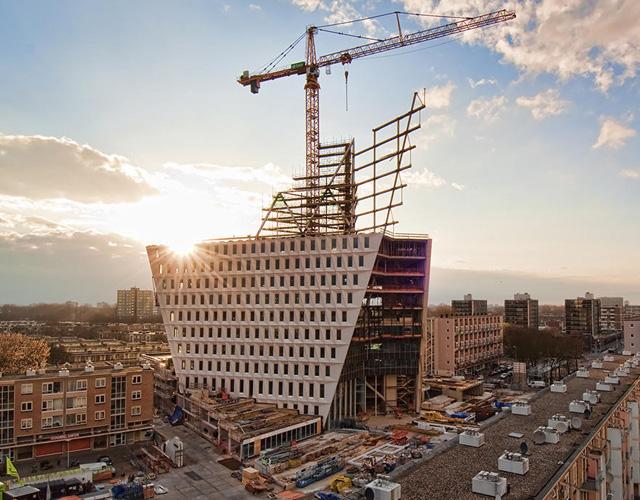overview
In residential construction, the concrete structure mostly adopts the present water system. Although the method is mature, it also has high energy consumption, high pollution and low technology. In “the low carbon economy”, “green building” emerging concepts such as the guidance, reform way of residential construction, promoting housing industrialization, the development of Prefabricated housing has become the inevitable trend of our country housing development according to the experience shows that comparing with traditional cast-in-site concrete construction method, Prefabricated building water-saving 80%, save material by more than 20%, reduce construction waste by about 80%, the comprehensive energy saving 70%, reduce maintenance costs by about 95%. At the same time, the construction site can be reduced to improve the efficiency of land use.
The performance requirements of the sealing adhesive for the Prefabricated building
Adhesion is one of the most important properties for sealant. The same is true for the base materials used in Prefabricated buildings. At present, most of the PC plates used in the market are made of concrete, so there is a good adhesion to the concrete substrate for the seams. For concrete material, common sealant adhesion on the surface is not easy to achieve, this is because: (1) concrete is a kind of porous material, uneven distribution of the size of the hole and not conducive to sealant adhesion; Alkaline (2) the concrete itself, especially in the base material bibulous, part of the alkaline substances will migrate to sealant and concrete contact interface, thus affecting adhesion; (3) PC board piece at the end of the workshop prefabrication production, in order to release will use mold release, and part of the release agent remaining on the surface of the PC board piece, also make the seal glue stick receive the challenge.

